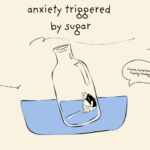Information about sketching:
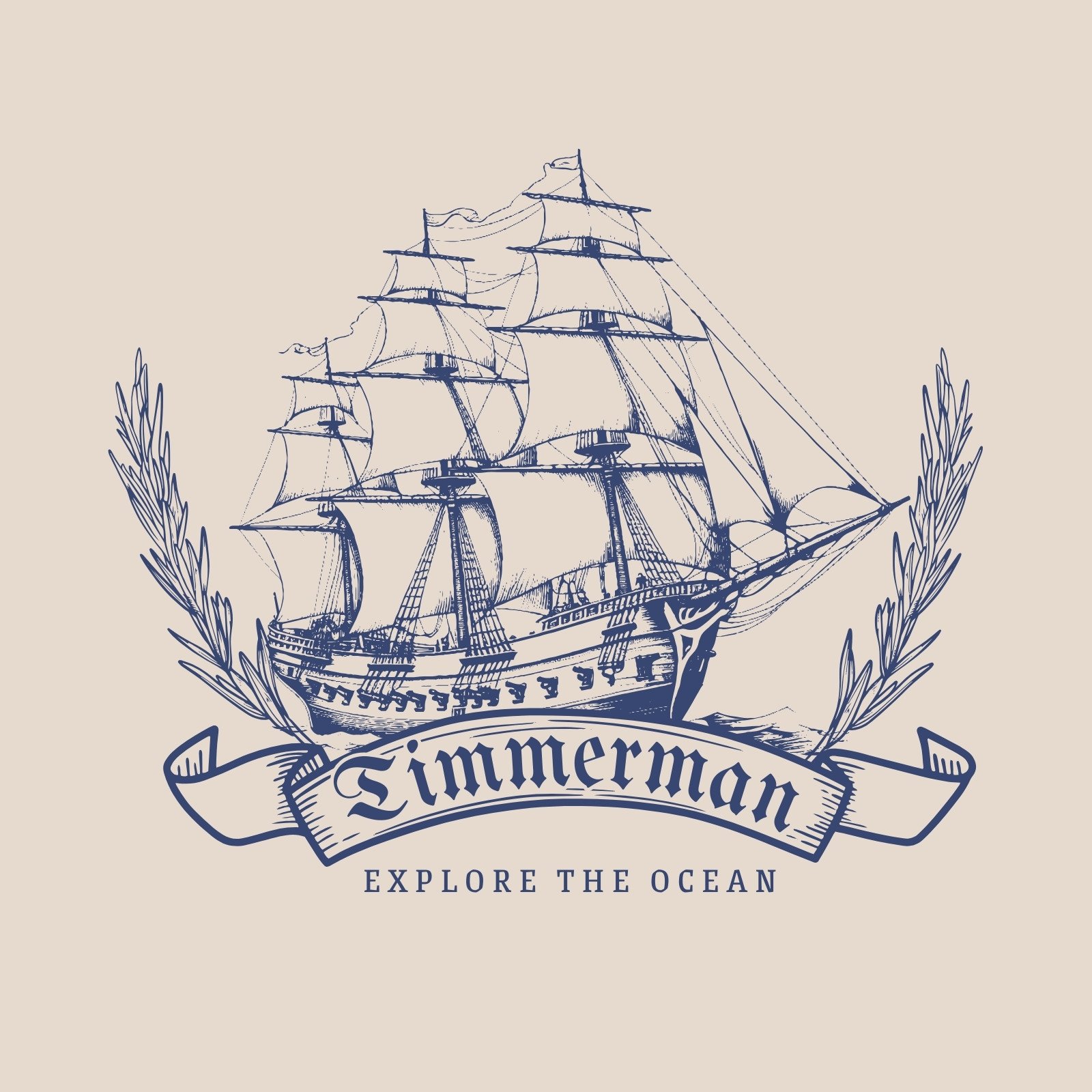
Sketching is visual object or experience consciously created through an expression of skill or imagination. “The term of art media history is shown in different types painting, sculpture, printmaking, drawing, decorative arts, photography, and installation”. Art is a history of historical study of the visual arts, is concerned with identifying, classifying, describing, evaluating, interpreting and understanding the art products and historic development of the fields of painting, sculpture, architecture, decorative arts, drawing, printmaking, photography, interior design, etc. The artist would be making different types of art by using paints, pencil and different types of things. Some peoples use color sands for making sand art.
Types Of Artshttps://sketch.io/sketchpad/
The sketching art: Sketching is a fundamental artistic technique that involves the creation of quick, informal, and simplified drawings to capture the essence, form, and structure of a subject or idea. It serves as a visual language for artists to explore, communicate, and refine their thoughts and concepts. Sketching can be executed using various media, including but not limited to pencils, pens, charcoal, pastels, and digital tools.
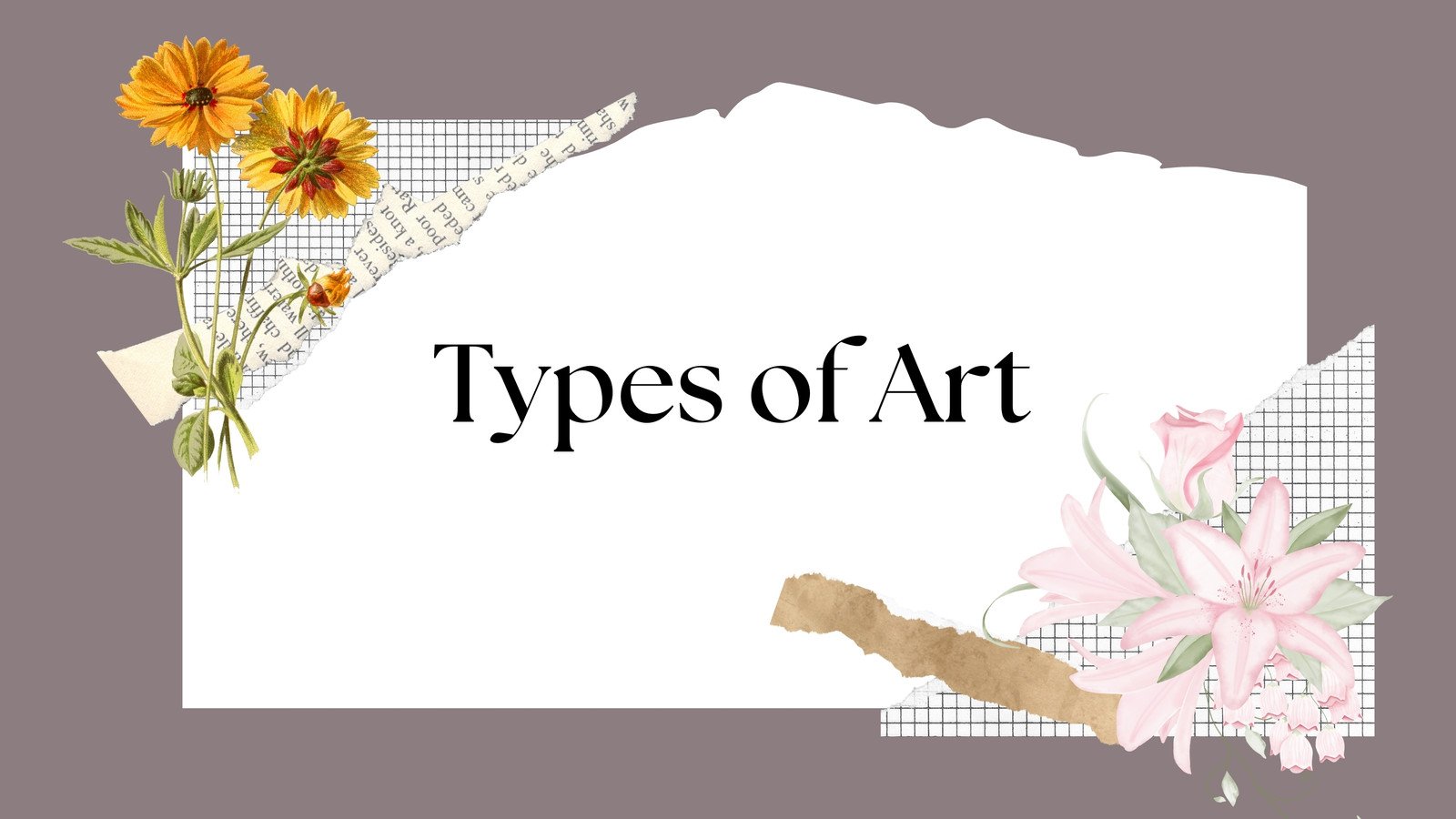
Sketches can take on a wide variety of forms, from simple line drawings and rough thumbnail sketches to more elaborate and refined renderings. They can be used for multiple purposes, such as brainstorming, planning a more complex artwork, practicing technique, or simply enjoying the act of drawing for personal expression and relaxation.
Types of sketching:
1. Doodling:
Doodling is an informal drawing style, usually created absent-mindedly (for instance, to keep yourself entertained in class). It’s not a particular technique; it is a simplistic way of expressing thoughts and feelings.
2. Photorealism & Hyperrealism:
Photorealistic drawings intend to depict reality as you would with a picture.
Hyperrealism strives to be “more real than reality,” making it hard to tell that the drawing is actually a drawing.
3.Cartoon Style:
The cartoon style is usually a simplified, non-realistic way of drawing, often with exaggerated features. What we love about cartooning is that you can make characters look like and do anything.
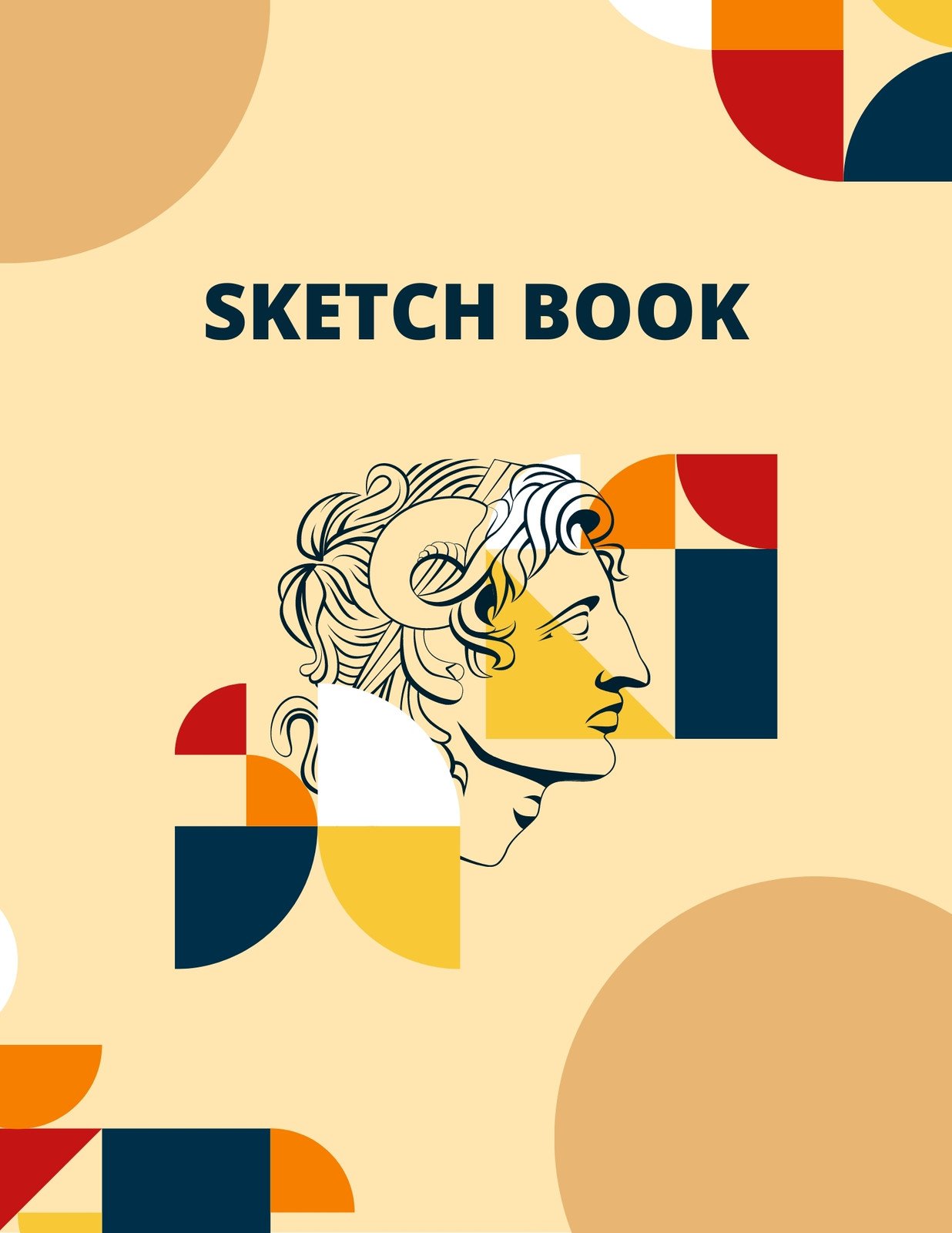
4.Lining Drawing:
Line drawing styles have become very popular in recent years. They frequently appear in social media and online editorial design, as well as cosmetic brands, T-shirts, and tote bags.
5.Architecture Art:
While architects learn to hone this skill to a highly technical level, drawing beautiful pieces of architecture is great for artists to learn about detail, volume, perspective, and precision.
6. Fashion illustration:
This drawing style is highly practical and developed within the fashion industry. Fashion designers developed drawing methods to quickly capture the essence of a garment through gestural drawings.
Types and using of pencil:
(This is the different types of sketching that use in sketching art)
it is a little stick of graphite mixed with kaolin (clay) as a binder. Graphite is what makes the marks, while kaolin sticks the graphite together. The ratio of graphite to kaolin determines the grade “hardness/softness” of the pencil. More graphite in a pencil will mean darker, softer lead, and vice versa. “Graphite can be easily bought in many forms — powder, stick, pencil, lead”.
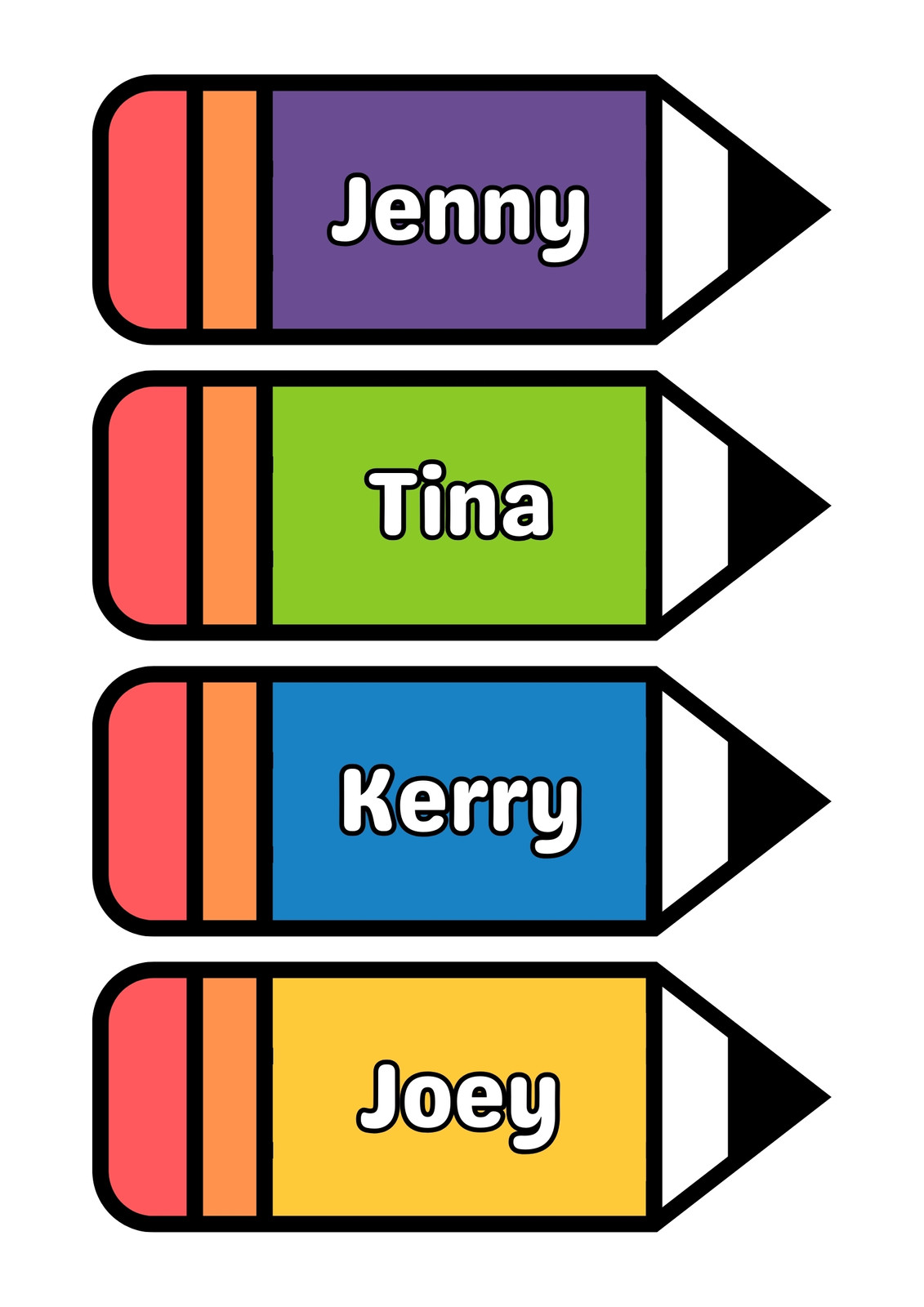
Note: Mechanical pencils feed lead through at a fixed amount when you click the end, while a clutch pencil will let the lead drop through for as long as the end is being pressed, so be careful using them — it is easy to let the lead fall out entirely. Pencil Grades: “H stands for “hard”, meaning the lead core is on the harder side of the spectrum and will make lighter marks. H pencils are good for sketching, light shading and precision work since hard pencils can keep their point sharper for longer. H shades range from H to 9H. The higher the number, the harder and lighter the lead. B stands for “black”, and means that the lead is soft. Soft pencils are good for quickly laying down large areas of shade and getting darker grays, but soft pencils lose their sharp tip quickly. B has 10 grades: HB, B, then 2B — 9B. The higher the number, the darker and softer the lead”
“F, is similar in shade to HB and stands for “fine” as it has a special formulation intended to help the lead keep a fine point for longer”.
Generally, you do not need to own every single grade out there — if you are start just a 2B and an HB will do. “When you start expanding your shade range, you can buy just even or odd numbers (so 2H, 4H, 6H for example)”
How you can start sketching by easiest method:
Learning is a basic human function you and me, every human being on this planet already has the basic genetic, evolutionary, biological, physical (and a few might even argue, the divine) disposition to learn the new in-built within us, period. (Learning to draw, just like learning new anything is possible at any-time, anywhere & and anyone).
“The most important thing you need and without which If the sum of these two things is greater than the sum of the noise of the world (and your own opposing self-talk, beliefs or conditioning), (YOU WILL LEARN)”.
Types Of Paper
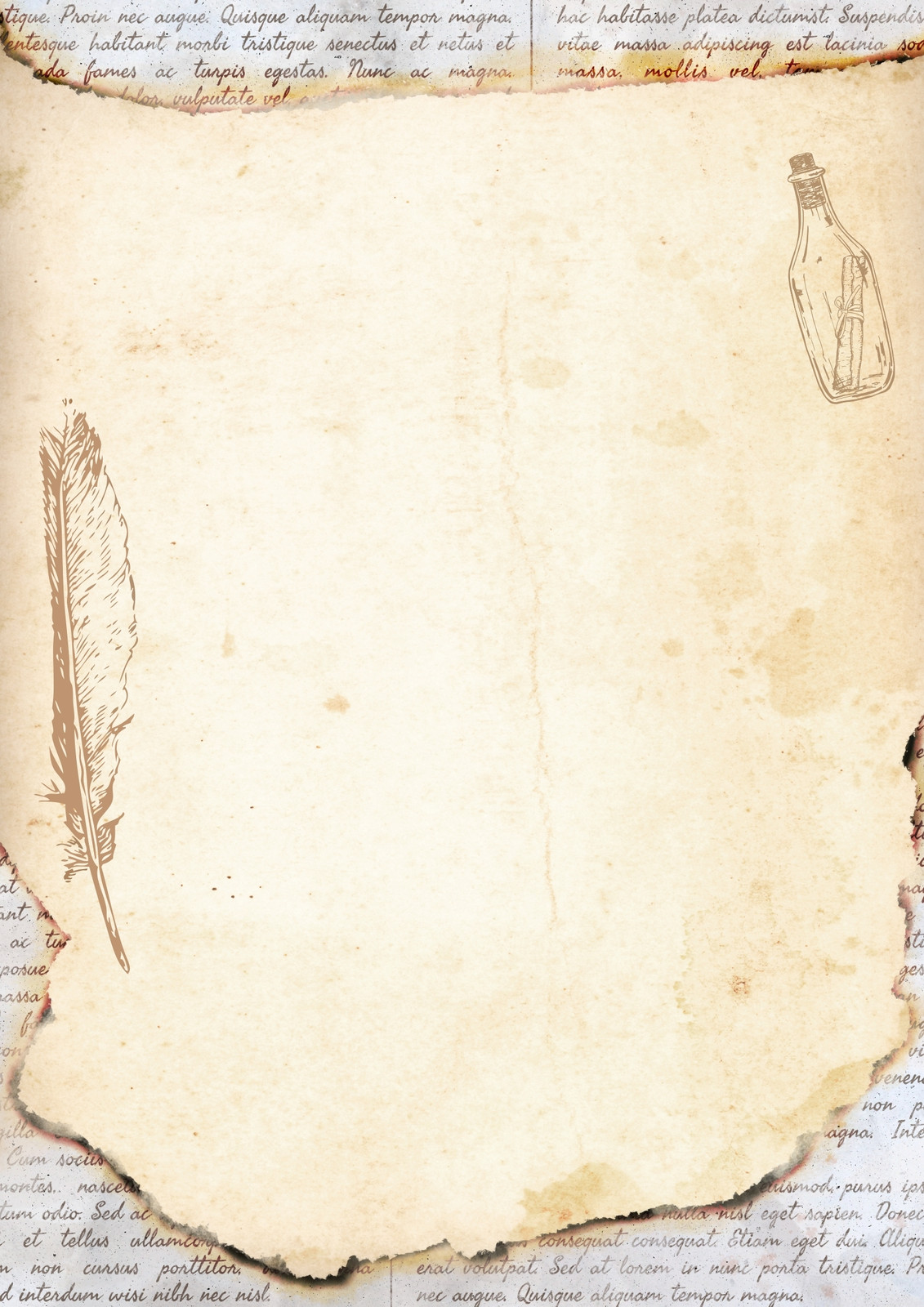
It is typically used for practicing drawing, experimenting with dry media, and quick studies to use for finished drawings on heavier, better-quality paper. Many artists use this type of paper in sketchbooks that they keep for references in future compositions. Mediums that work best on sketching paper are colored pencils, graphite, charcoal drawing chalks, monochrome chalks, and oil pencils. It is believed that many of Van Gogh’s drawings were on sketch and drawing paper. He used graphite and light ink with a red pen.


